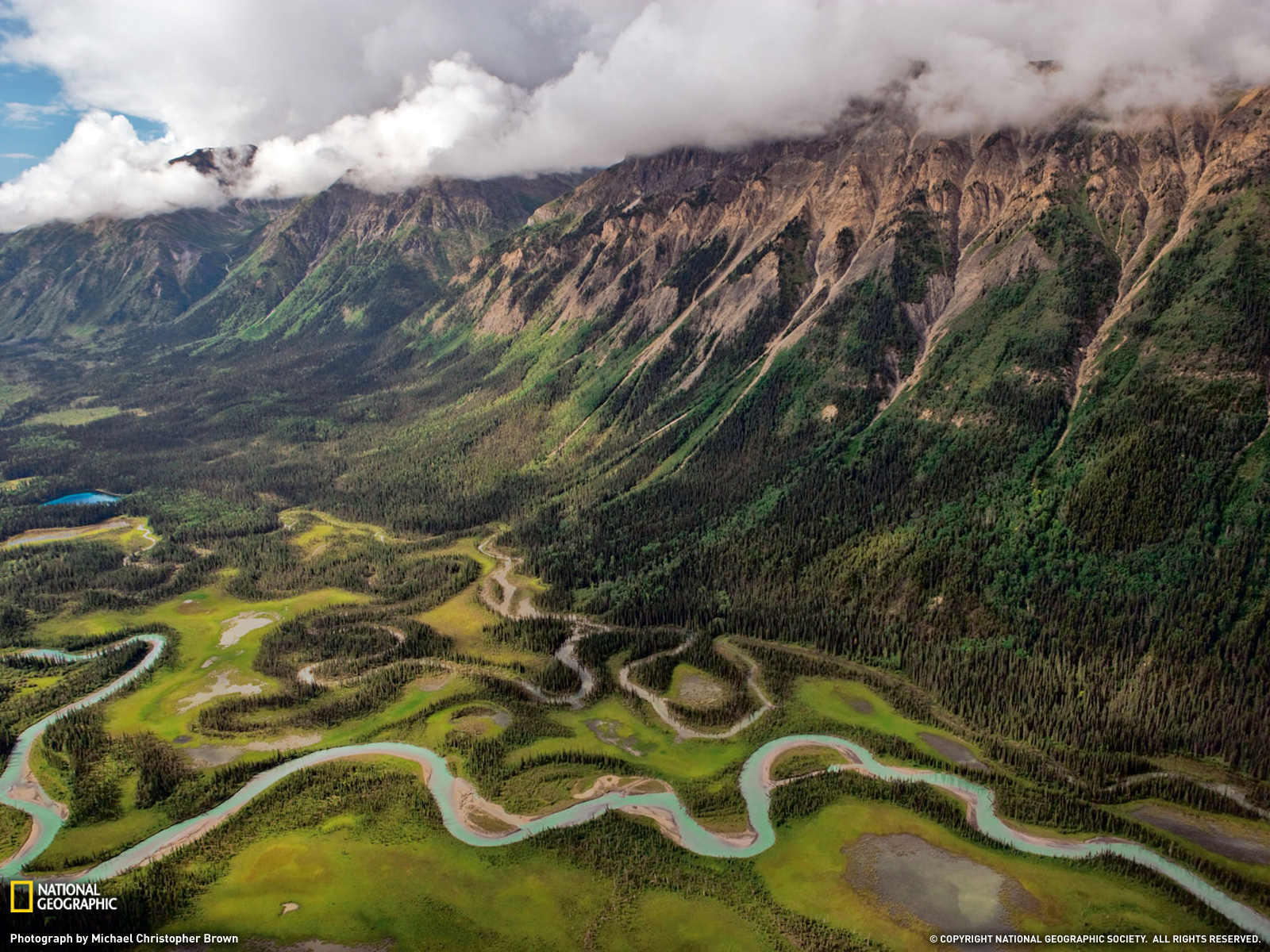CryENGINE 3 - An Introduction & Application
Getting Started & Folder Structure:
1. Folders need to be organised and set up properly.
2. 64 bit windows will run CryENGINE 3 faster & smoother.
3. When importing plugins, always make sure to check CryENGINE settings for the green light.
4. Custom configurations can be made in a user.cfg file. (can make this in notepad)
5. pak. files are very important, contains all the files for the game engine itself.
Overview Of Sandbox User Interface:
1. Viewport is used most often (perspective view) there are other types of views also: Wireframe, Labels & Safe Frame.
2. Lock Selection is used to lock certain objects so you can focus on the selected objects.
3. Resolution settings can be seen when right clicked, most useful for cinematic settings.
4. Coordinates can be used/seen by the X, Y, Z.
5. Camera Speed can be seen at the bottom of the screen, showing how fast the camera is moving.
6. Console is used to input comments and has console variables for you to choose from.
7. Rollup Bar allows creating, editing and implementing into editor.
8. Game mode can be accessed by pressing "ctrl+g".
9. AI Physics allows you to be in game mode and edit.
10. You can hid & unhide toolbars by right clicking in empty areas.
Customising The Editor:
1. You can combine/minimise other windows by stacking them on top of eachother.
2. Tools > preferences allows you to customise the background of the console.
3. Tools > customise keyboard allows you to add hot keys.
4. Tools > customise keyboard allows you to make a whole new toolbar.
5. You can hide/unhide toolbars according to your own preference.
Viewports:
1. W, S, A, D allow you to move up, down, left & right.
2. Moving the mouse allows you to change the camera angle/position.
3. Middle mouse button allows you to pan.
User Interface Panel:
1. Ctrl+D allows you to select objects.
2. H allows you to hide objects.
3. F allows you to freeze objects.
4. M brings you to material editor.
5. Ctrl+G brings you to game mode.










